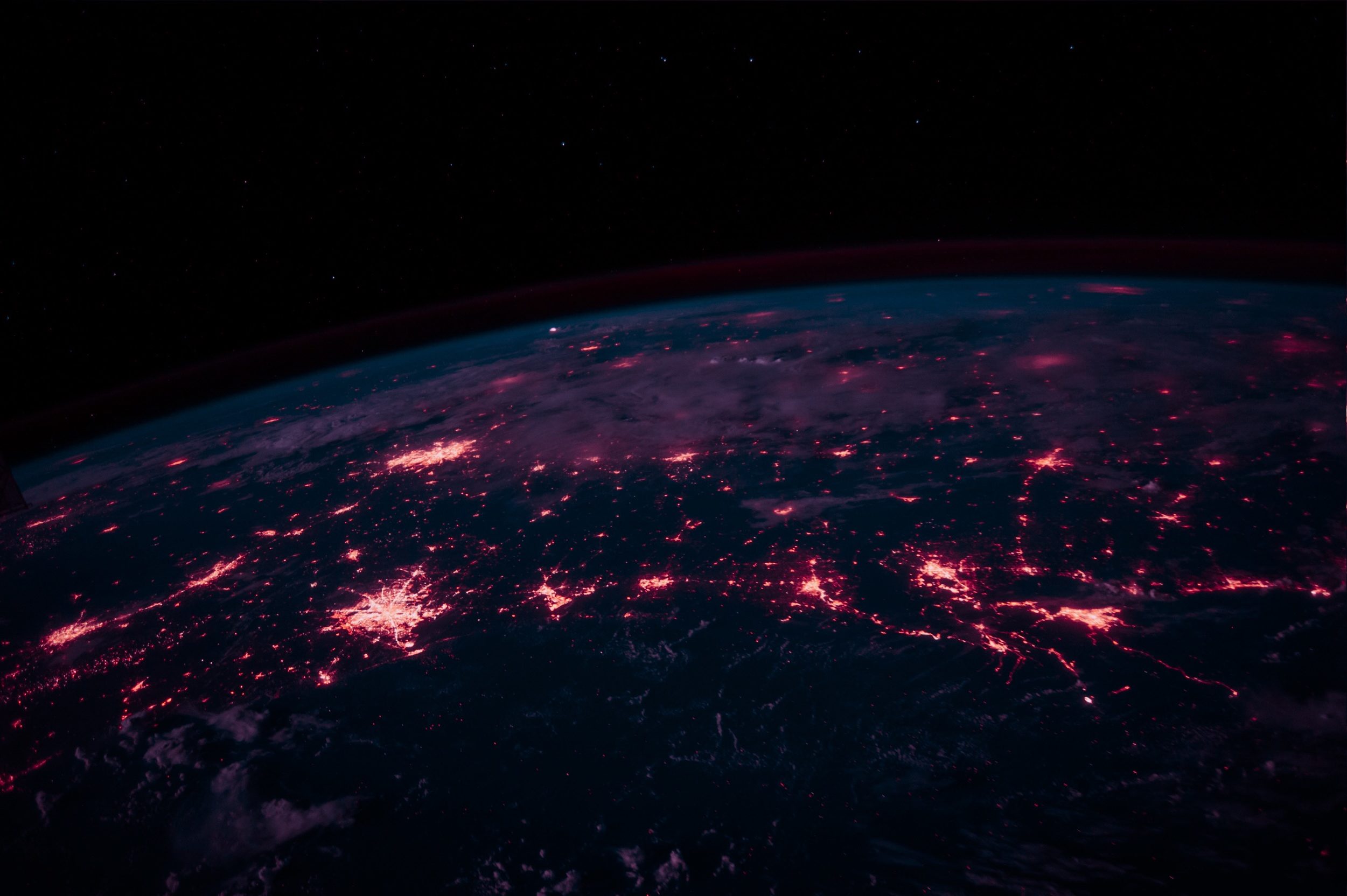Google has mapped 98% of the inhabited world. If people live there, then Google has probably grabbed a satellite or street view image of that place. The immense value of mapping the globe goes beyond navigation, though. Interactive digital maps of the Earth will have a great impact on tourism, education, entertainment, and more.
Now that Google Earth unveiled new tools for anyone to create tours, presentations, games, etc, we will see the 36 million square miles of free Maps go to good use.
The tools let you set landmarks, draw lines from place to place, add text, images, and videos to every point along the way, and present the whole thing, step by step.
Jay Peters, The Verge
Spending an afternoon on Google Earth may not seem like the most exhilarating time. However, it’s how you package your Google Earth Tour that creates the impact.
Tourism on Google Earth
The most obvious implications of Google Earth Tours will be in the tourism industry. Today, I see a clear use case of Google Earth in confluence with Airbnb.
If I owned an Airbnb rental, then I’d stand out from other listings by making a Google Earth Tour of the area around my Airbnb. I’d show off why it’s a prime location by creating a tour of everything in walking distance. I’d layer videos and images atop this tour to make people feel like they’re already renting this place before they get there.
When we look into the near future, the next 5 years or so, I think the impact of Google Earth Tours will be seen in the actual vacation booking industry.
We’ve seen a massive rebranding of travel agencies in the past 10 years. These online booking resources will begin adopting Google Earth Tours to create promotional materials, pre-trip walkthroughs, and even allow customers to “discover” a trip they’d like to go on.
Google has already curated tours of major cities from Antalya to Sapporo. This is exactly what new-age travel agencies should be doing.
And lastly, when we reach the far future, more than 10 years out, virtual vacations will be housed on Google Earth.
This platform will be the base on which digital travel agencies create, sell, and distribute virtual vacations. Ascape has already previewed this path by using promotional VR footage to sell vacations. On a Saturday afternoon in 2032, you’ll put on your VR headset, open Google Earth Vacations, and travel anywhere for the day.
At the same time, it’s limiting to think that Google Earth Tours is only worthwhile for the tourism industry.
Google creates tools for the masses. Not the niches.
Google Earth Over-All
In Google Earth, the “Voyager” tab has always been filled with professionally made tours of Antarctica, Renaissance artwork, and even instances of the ABCs in nature.
But now anyone can create these tours. Not just Google-hired pros.
In education, I’d be interested in seeing Houghton Mifflin or McGraw Hill update their textbooks by creating richer stories about history through guided tours atop Google Earth footage. And if they won’t do it, then I’m sure there are ambitious teachers out there that would love doing this.
In entertainment, studios can use Google Earth to promote a new movie. For instance, wouldn’t it be cool if 1917 had a Google Earth Tour that took people from start to finish of the voyage that Lance Corporal Schofield had to embark on to get behind enemy lines?
In preparation for a movie like Angels & Demons, fans could’ve gone on an Easter Egg hunt to try and solve a similar mystery that Tom Hanks (as Prof. Robert Langdon) was on in Vatican City. Those who solve it get a discount movie ticket.
There are already Google Earth Tours for visiting movie sets, engaging fans after the fact. However, Google Earth could be an interesting key for pre-movie promotion.
I’m just spit-balling here.
The overarching idea of Google Earth Tours is similar to what I laid out in Digital Graffiti is Invisible to the Naked Eye. But it’s Everywhere:
Basically we’re at the point where we can start to anchor our digital actions to physical locations. Thus, we can begin using physical spaces as keys to unlocking digital “easter eggs” that we leave for friends and strangers. Maybe a Tweet that can only be seen by people at the Grand Canyon. Maybe a video that only your friends can open if they’re at your favorite restaurant.
Google Earth Tours appear to be one-dimensional on the surface. But the more time you spend thinking about this tool, the more dimensions you’ll discover. And you’ll quickly realize that the only limitation to using this powerful resource is your own imagination.
